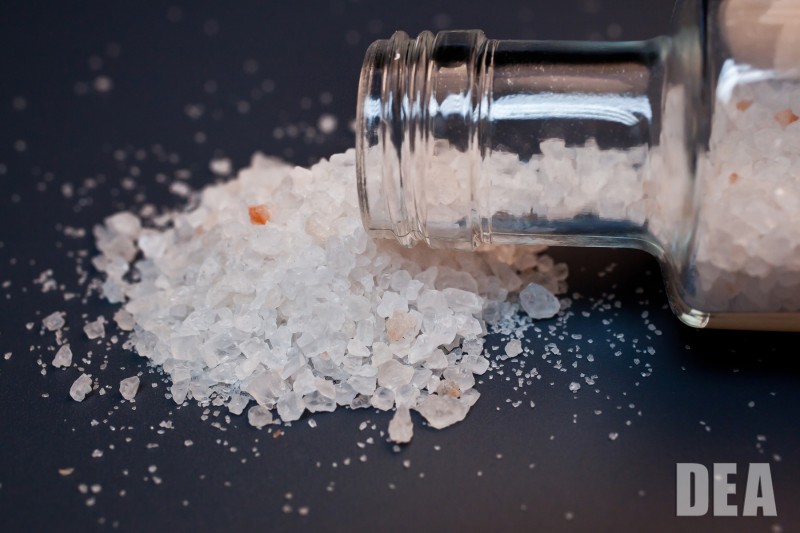Reported by
Europe is facing an increasingly complex drug landscape marked by rising health and security threats, driven by geopolitical instability, evolving consumer habits, and the emergence of potent synthetic substances, the European Union Drugs Agency (EUDA) warned Thursday.
In its European Drug Report 2025: Trends and Developments, presented in Lisbon, the agency outlines dramatic shifts in the region’s drug market, based on data from 29 countries. Now in its 30th edition, the annual review warns that the growing variety and potency of available drugs—including synthetic cathinones, potent synthetic opioids and high-strength cannabis products—are straining Europe’s ability to respond.
“Amid global instability and fast-changing drug trends, Europe faces multiple challenges that put its citizens at risk,” said Alexis Goosdeel, executive director of the EUDA. “We must design a comprehensive European and national preparedness framework to respond effectively... Now is the time to act together to protect public health and safety, and save lives.”
The report notes a sharp rise in synthetic cathinones—lab-made stimulants chemically related to a substance found in the khat plant—with seizures reaching 37 tonnes in 2023, more than eight times the amount reported in 2021. These drugs, often trafficked from India and processed in EU-based labs, are increasingly appearing in treatment centers and on street-level markets across the region.
Equally troubling is the spread of synthetic opioids, particularly nitazenes, which have been linked to overdose deaths in multiple countries. Seven new nitazenes were detected in 2024 alone. Fake medications containing these substances—mimicking prescription drugs like oxycodone—are raising concerns about unintentional exposure, especially among young users.
The EUDA estimates there were 7,500 drug-induced deaths in 2023, mostly involving opioids, up from 7,100 the previous year. Several member states have expanded take-home naloxone programs to counteract overdoses.
European Commissioner for Internal Affairs Magnus Brunner warned that drug trafficking is undermining security and social cohesion. “The illicit drug trade poses a severe threat to the health and security of our citizens… The fierce rivalry among criminal networks not only heightens gang violence and homicides but also increasingly involves the recruitment of minors,” he said.
The report also documents a continued rise in cocaine use and trafficking, with record seizures for the seventh straight year—419 tonnes in 2023—and increasing signs of crack cocaine and injection use. Cocaine was involved in 25 percent of drug-related emergency room visits reported in 2023.
To confront these evolving challenges, the EUDA is expanding its services, including a European Drug Alert System, real-time threat assessments, and a forensic network to track drug precursors and analyze emerging substances.
The agency emphasized that only a coordinated, evidence-based European response can stem the tide of new drug threats.






